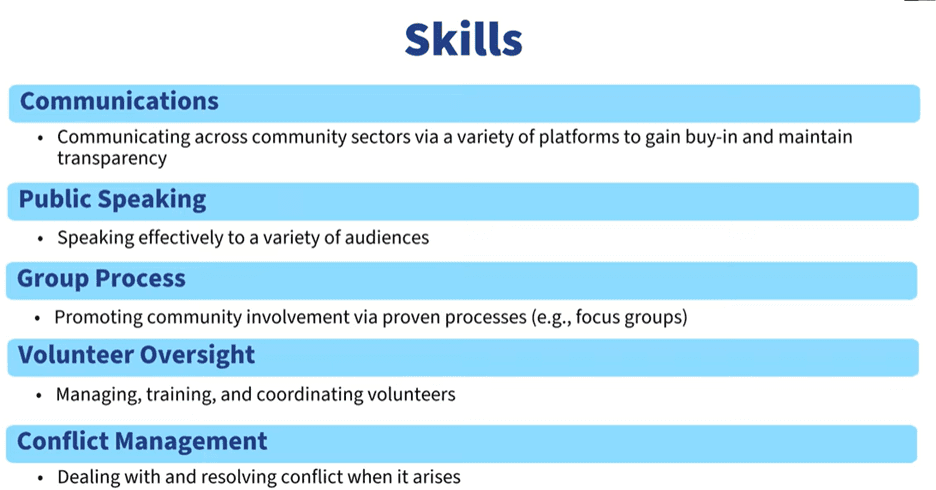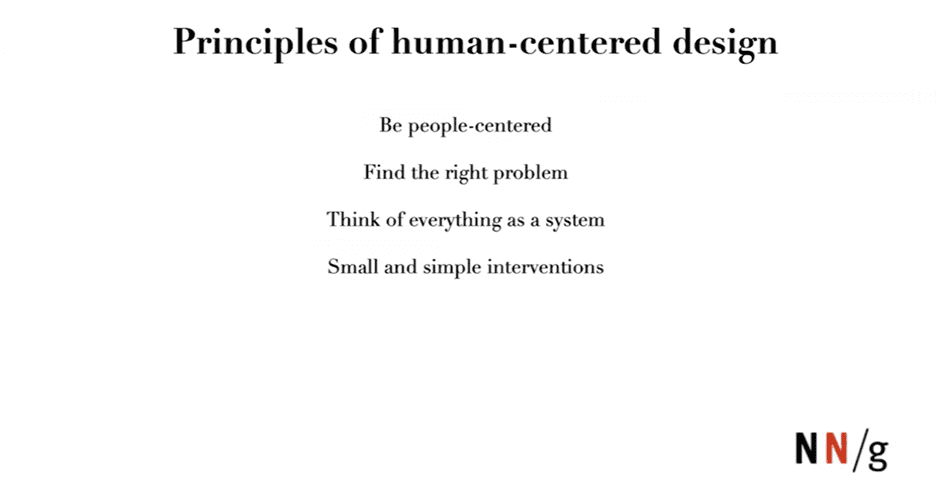Last week, we continued our Competencies in Focus webinar series with a deep dive into the Community Engagement competency. Led by Zara Petković from Washington University in St. Louis’ Center for Public Health Systems Science, Dr. Brett Maricque from the McDonnell Genome Institute at Washington University School of Medicine, and CADCA Trainer Kristina Clark, the session explored what it takes to build meaningful relationships that support long-term prevention success.
Community engagement is defined as developing relationships with different sectors, groups, or organizations to implement substance use prevention strategies. As Zara noted, the evidence is clear: strong community engagement boosts coalition participation and satisfaction; ensures coalition efforts match community needs; promotes community ownership of coalition work; and increases coalition sustainability, capacity, and funding.
She then walked attendees through the knowledge, skills, and abilities that form the backbone of the competency. Coalitions need a strong understanding of community resources, demographics, norms, and local history, as well as the ability to gather perspectives, foster participation, and build dynamic, flexible partnerships. Flexibility, respect, and self-reflection are at the heart of effective engagement because coalition work only succeeds when communities truly feel understood and valued.

From there, Dr. Maricque shared the guiding principles that inform his team’s approach to engaging communities in health and research. One of the principles that he emphasized es communities have autonomy and agency, and no external entity should assume decision-making power on their behalf. Building consensus, sharing ownership, and working at “the speed of trust” is crucial. Another principle focuses on sustainability, recognizing that long-term engagement is strengthened when community members are enabled and mobilized to lead.

He also introduced belonging design principles, a framework developed at UC Berkeley’s Othering & Belonging Institute. These ideas center on creating an environment where people feel like they belong in the conversation, see themselves in the work, and share a common language with project partners. Belonging requires organizations or institutions to co-create with community members, valuing lived experiences as strengths that can significantly improve programs, research, and service delivery.
Human-centered design played a strong role in the conversation as well. Dr. Maricque shared that people-centered planning requires us to be sure that we’re solving the right problems, something we can learn only by asking community members directly. Human-centered design also prompts coalitions to view systems holistically, recognizing that sometimes it’s the system (not the individual) that needs to change. Because change doesn’t always have to be large-scale, this approach encourages small, testable interventions that can be quickly piloted and refined with community input.

To demonstrate these principles in action, Dr. Maricque highlighted two projects:
- Our Community Our Health brought COVID-19 and flu vaccines into St. Louis neighborhoods experiencing low vaccination rates. Through pop-up clinics, ongoing conversations, and real-time feedback, they continuously adapted their approach. Midway through, they conducted journey-mapping sessions, which consisted of 60-to 90-minute conversations where vaccine recipients walked through their daily routines, the barriers they faced, and opportunities for integrating vaccination access. That process surfaced new needs and led to additional projects and system improvements.
- In the Black Genome Project, his team incorporated community advisory boards, co-created educational materials with local residents, and invested time and effort into building one-on-one relationships with participants. One such example of building relationships: they brought in a professional yoga instructor to lead a set of yoga sessions on a Saturday for the research participants as a way to invest in these critical relationships. The project has now lasted five years, with many of the original participants continuing to show up and contribute.

Bringing the conversation back to coalition practice, Kristina focused on actionable steps that coalitions can take to improve engagement. First, she encouraged them to make sure everyone shares an understanding of the competency itself: What does good engagement look like? What KSAs do we currently have and what gaps exist? She also outlined several ways that coalitions can get started:
- Conduct a community asset or relationship inventory. Gather your partners and map who es engaging whom, where relationships are strong, and where new connections are needed.
- Host inclusive community dialogues and listening sessions. Whether your coalition is planning Red Ribbon Week or launching a new prevention activity, community members should feel involved and that their voices genuinely matter.
- Develop a volunteer leadership pipeline. Look at su strategic action plan y identify who can be trained to take on engagement roles, collect data, or help you reach new audiences.
- Create tailored messaging. A single one-pager won’t resonate with every audience. Messaging for parents of elementary school students may look very different than messaging for middle school families.
- Incorporate reflection and storytelling within coalition meetings. Take el time to build relationships in your meetings. Talk about what works, what doesn’t work, y qué happens in the community, a way of both building relationships y collecting data that can help you do some more informed community engagement.
Throughout her remarks, Kristina reminded attendees that coalitions need to model the behaviors they want to see. If we want communities to collaborate, participate, and share openly, coalition leaders need to be the first to reach out, show up, and engage with people where they are.
Watch the webinar recording here to learn how to incorporate community engagement into your work. Join our next webinar in the Competencies in Focus series on December 12, as we take a closer look at the Leadership competency.


